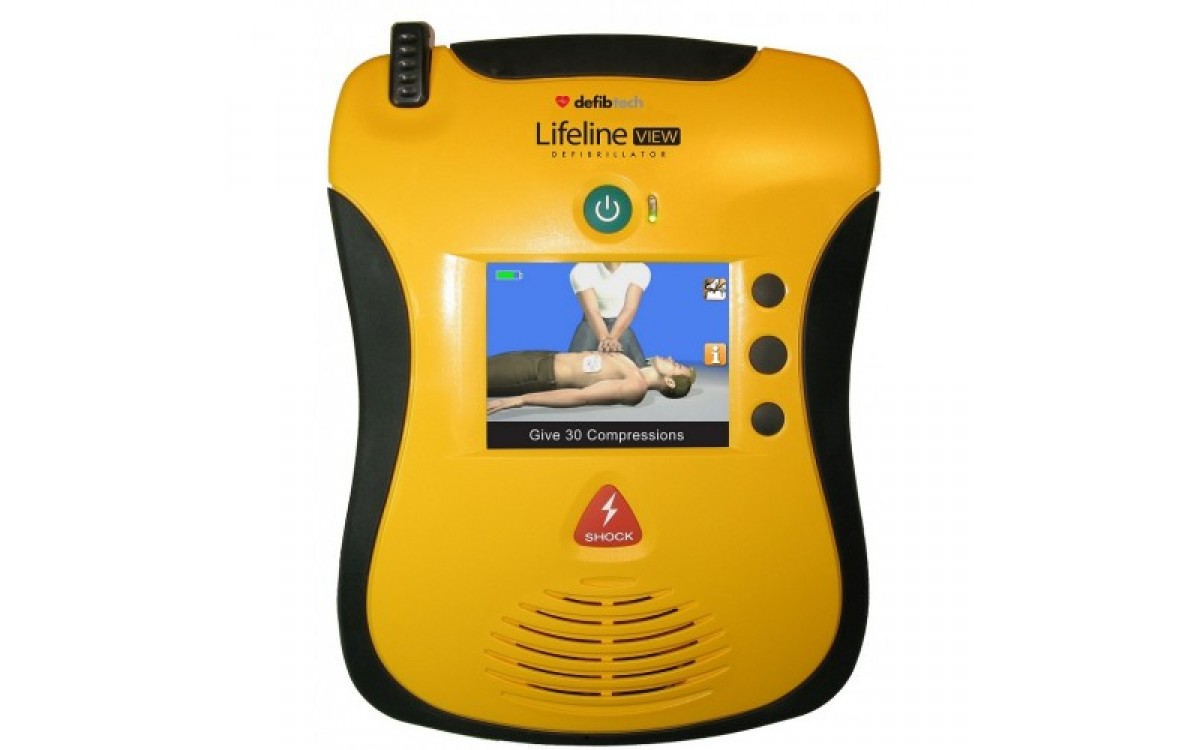Automated external defibrillators (AEDs) are a piece of equipment that can potentially save the life of someone in cardiac arrest. They are recommended for installation in public settings, and will soon be a legal requirement for certain facilities.
Every minute counts when trying to save the life of someone in cardiac arrest, and AEDs allow untrained or minimally trained people to provide life saving care to patients until trained medical professionals can arrive to administer more advanced treatment.
They’re suitable for use by firefighters, teachers, first aid officers, and anyone else who may find themselves responding to a medical emergency. All workplaces and public facilities should have at least one AED installed, so let’s look at what you’ll need.
Automatic External Defibrillators
Most essentially, you’ll of course need an AED, which is made up of several parts. To explain why you need these parts, we need to quickly cover how the devices work.
By necessity, the operation of an AED is simple. Two pads are placed on the patient's chest, as indicated by visual or verbal instructions the AED itself provides, and an electric shock is then administered either manually or automatically.
The pads that are used are self adhesive, meaning they stick themselves to the patient's chest, and need to be replaced each time the device is used to assist a new patient. They have a shelf life of two years, so make sure they’re replaced when required.
Batteries don’t last forever, and also need to be replaced when their time is up. These batteries are good for several hours of use, and will regularly conduct self checks to ensure they are in working order.
Finally there is the AED itself, which will keep working for years as long as it is furnished with fresh pads and batteries. A Semi-Automatic AED will analyse the patient and prepare a charge, but requires the operator to press a button to deliver the shock. A Fully Automatic AED requires no intervention to deliver the shock, once attached it operates itself.
Speak to us about what kind of AED is right for you.
Training Devices
While they’re designed to be used by operators with no experience at all, practice never hurts. Special Training AEDs allow non-professionals to develop a basic familiarity with the operation of the device, leading to quicker response times and more effective treatment for patients.
Supporting Equipment
An AED’s effectiveness can be further enhanced with a few well placed pieces of supporting equipment.
A high visibility wall mounted case allows an AED to be installed on any wall, ensuring it is always located wherever it needs to be. A loud alarm sounds whenever the case is opened, alerting those nearby to tampering, theft, or a genuine medical emergency.
Every moment matters in a medical emergency, and you can further improve response times using ISO signage to clearly mark the location of your AED.
This A3 wall chart provides Basic Life Support instructions to help untrained first responders react to emergencies faster and more effectively.
The modern AED is a fantastic device, have a look at our range today and find the equipment that’s best suited to your situation.

 AUSTRALIA-WIDE SHIPPING $15
AUSTRALIA-WIDE SHIPPING $15